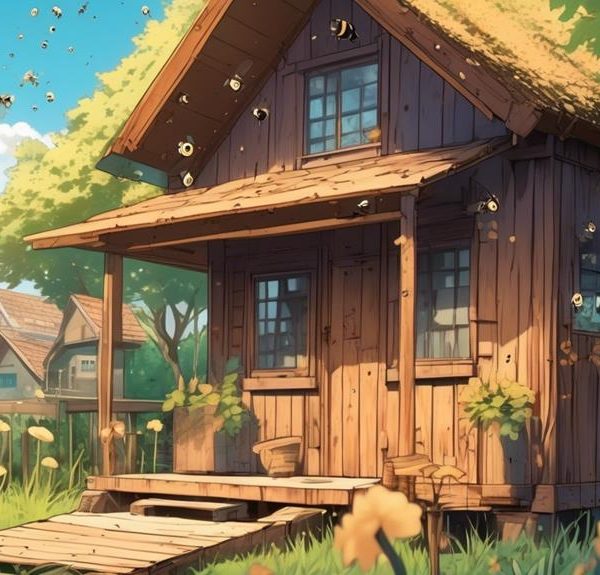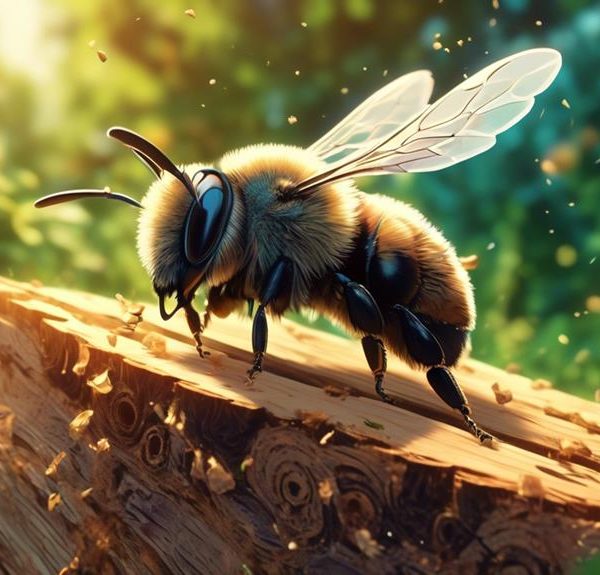Are you aware of the fascinating survival mechanism of mason bees after they sting? Discover the intriguing truth in this enlightening journey.
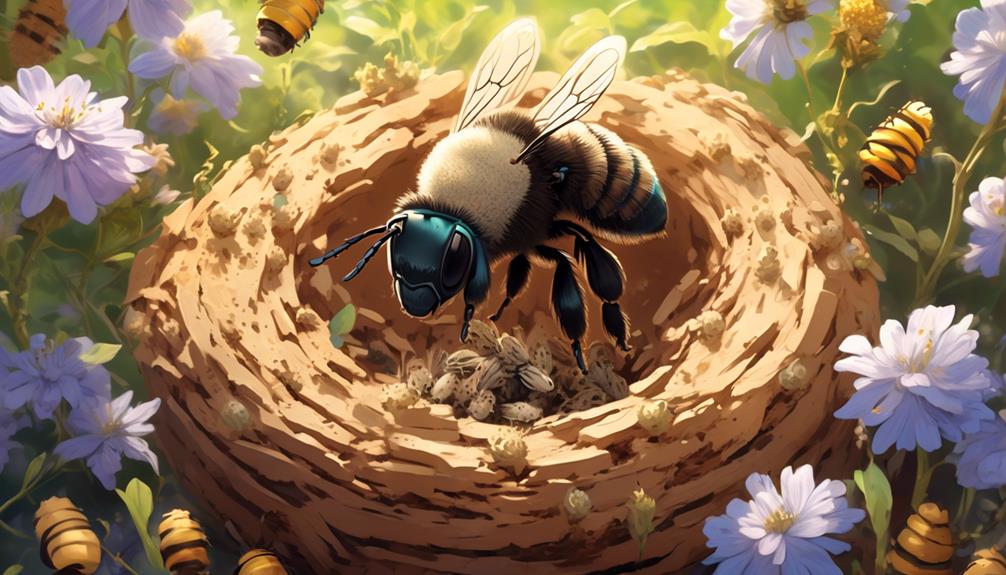
Do Mason Bees Die After Stinging?
Did you know that not all bees are created equal when it comes to stinging consequences?
You're likely familiar with the unfortunate fate of the honey bee, which dies after delivering a sting.
But what about mason bees? These non-aggressive pollinators, renowned for their industrious nature, have a different story to tell.
Their stinging mechanism and survival post-sting are fascinating aspects of their biology that you may find intriguing. Could it be that these little creatures continue to thrive after defending themselves?
We're about to explore this in detail, so hang on, you're in for an enlightening journey into the life of mason bees.
Key Takeaways
- Mason bees have a smooth, barbless stinger, allowing them to sting multiple times without harming themselves.
- Unlike honey bees, mason bees have a higher post-sting survival rate.
- Honey bees die after stinging due to the detachment of their barbed stinger, causing fatal injuries.
- Mason bees, being docile and rarely aggressive, only sting when provoked.
Understanding Mason Bee Behavior
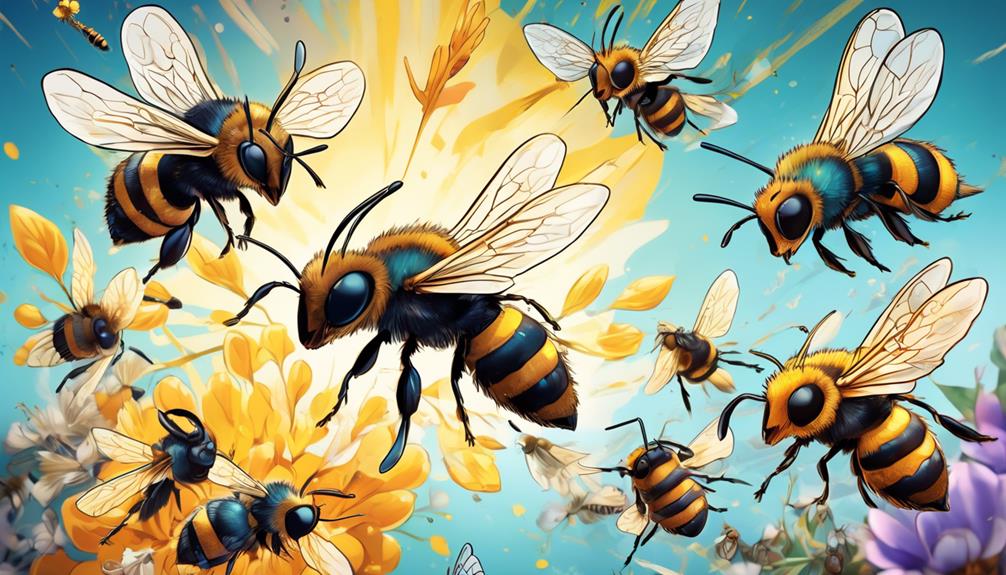
To fully comprehend mason bee behavior, you'll need to delve into their unique lifestyle, mating habits, and their non-aggressive nature towards humans.
Unlike honeybees, mason bees are solitary creatures; they don't live in colonies or have a queen. Each female is fertile, and after mating, she independently builds nests in hollow reeds or holes in wood.
Their mating process is also intriguing. After wintering in their nests, males emerge first in the spring, wait for the females, and then mate. The females then deposit their fertilized eggs in the nests, along with a food supply of pollen and nectar. They seal each egg in its own chamber with mud, hence the name 'mason' bee.
You'll find mason bees are non-aggressive towards humans. They don't have a hive or queen to protect, so they're less likely to sting unless threatened. Even then, their stinger is barbless and their venom less potent, making a sting from a mason bee less painful than that of a honeybee.
Understanding these behaviors demystifies fears around stinging, illuminating the mason bee's vital role in our ecosystem.
The Anatomy of a Mason Bee Sting
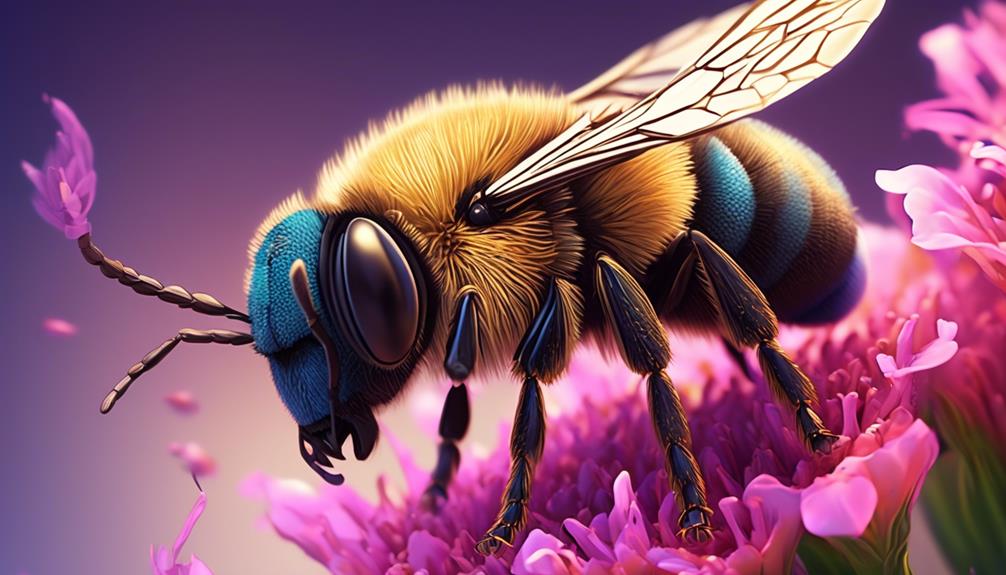
While the docile nature of mason bees reduces the likelihood of stinging, understanding the specifics of their sting's anatomy can further alleviate any lingering concerns. Unlike honeybees, mason bees have a smooth, barbless stinger. This characteristic allows them to sting repeatedly without sacrificing their lives.
Both male and female mason bees possess these stingers, however, the males' stingers are nonfunctional and can't deliver venom.
The female mason bee's stinger is connected to a venom sac, which secretes a toxin when she perceives a threat. This venom isn't as potent or harmful to humans as that of honeybees, but can still cause localized pain and swelling.
It's worth noting that the mason bee's stinger is shorter and finer than their honeybee counterparts, making their stings less painful.
Mason Bees Vs Honey Bees: Survival After Stinging
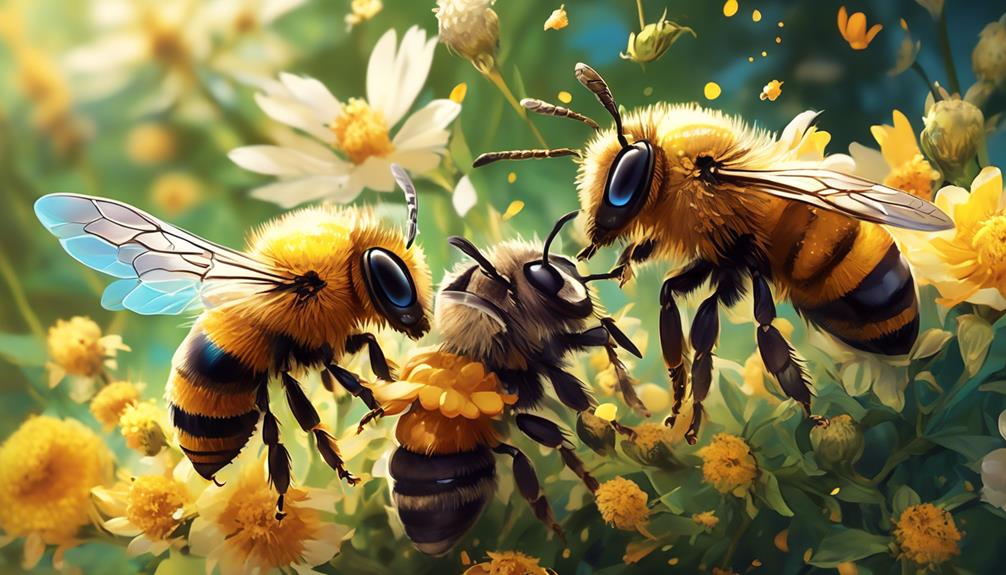
In comparing the survival of mason bees and honey bees post-sting, it's crucial to note that a honey bee's barbed stinger leads to its death after a single sting, whereas the smooth stinger of a mason bee allows for multiple stings without any lethal consequence. This is due to the structural differences between their stingers.
Honey bees possess a barbed stinger connected to their digestive system and venom sac. When they sting, they can't retract it, and the stinger gets ripped out, causing fatal injuries. This is a survival mechanism, as the venom continues to be pumped into the attacker even after the bee has flown away.
In stark contrast, mason bees have a smooth, barbless stinger. This design allows them to sting multiple times without any damage to their bodies. This physical attribute, combined with their non-aggressive nature, makes them less of a threat to humans than honey bees.
In essence, while honey bees sacrifice their lives for the protection of their hive, mason bees can sting repeatedly without paying the ultimate price. This difference in post-sting survival is a fascinating aspect of bee biology, illustrating the wide range of adaptations within this insect group.
Why Some Bees Die After Stinging
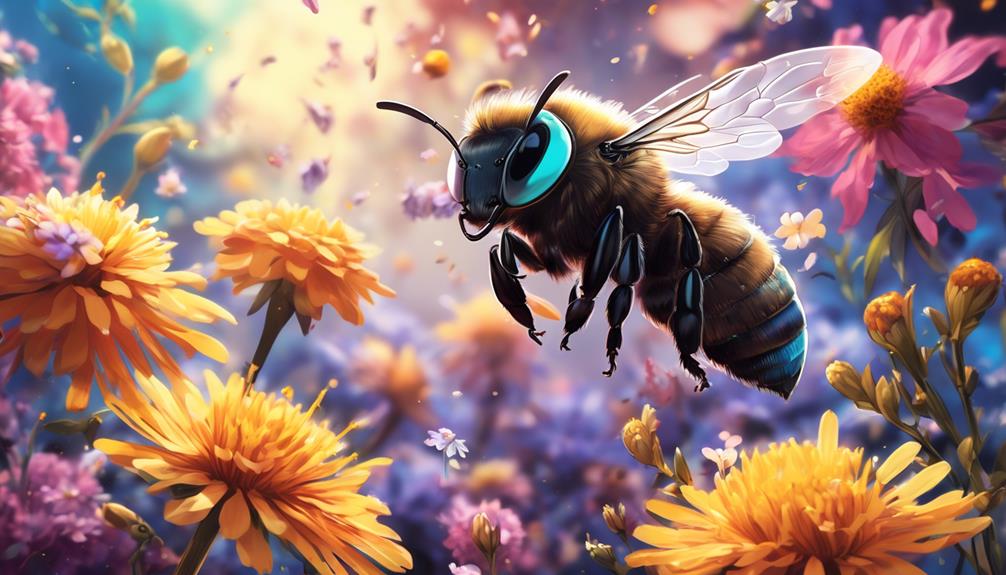
Having understood the survival differences between mason bees and honey bees after they sting, you might find it intriguing to explore the reasons why certain bees, particularly honey bees, meet their untimely demise following a sting.
The main cause behind this phenomenon is the bee's physical structure. Honey bees possess a barbed stinger, designed to remain in the skin of the creature they sting. This stinging mechanism is linked to their digestive system and venom sac, which continues to pump venom into the victim even after the bee has flown away. Unfortunately, this detachment causes severe abdominal rupture, leading to the bee's death.
Contrastingly, mason bees have smooth stingers, allowing them to sting multiple times without any self-inflicted harm. They don't leave their stingers behind, thus avoiding any fatal injuries.
Here's a table to illustrate the differences:
Bee Type | Stinger Type | Outcome After Sting |
|---|---|---|
Honey Bee | Barbed | Dies |
Mason Bee | Smooth | Survives |
Bumble Bee | Slightly Barbed | Can Survive |
Wasps | Smooth | Survives |
Hornets | Smooth | Survives |
Debunking Common Bee Myths
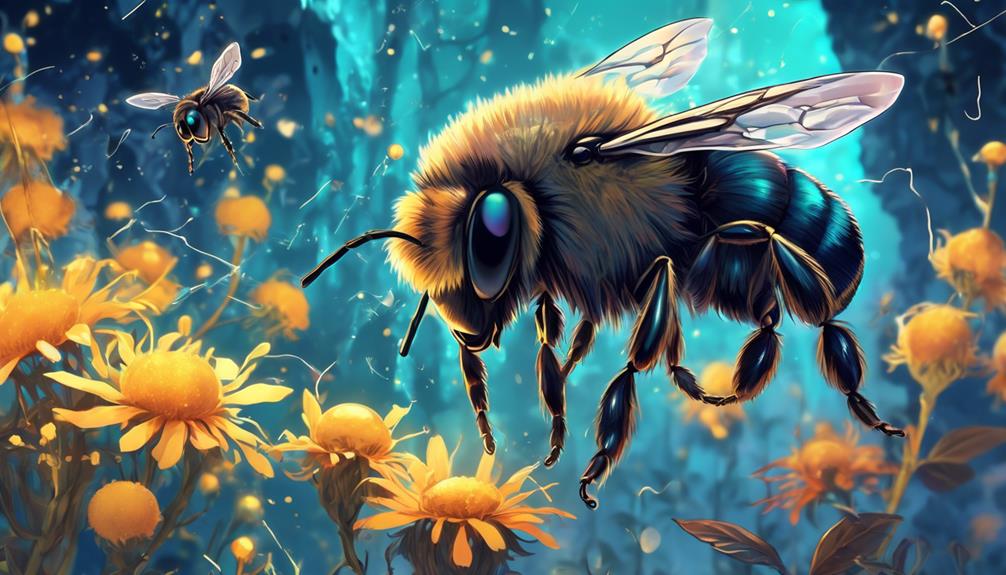
Despite what you've heard, not all bees are out to sting you, nor do they all produce honey; these are just a few of the common myths about bees that we'll debunk in this section.
Firstly, the notion that all bees sting is a misconception. Only female bees have the ability to sting, and they only do so when they feel threatened. Moreover, some species, like the mason bee, are docile and rarely sting unless severely provoked.
Another common myth is that all bees produce honey. In reality, only a subset of bee species, namely honeybees, are capable of producing honey. Mason bees, for example, don't produce honey at all. They're solitary bees that focus on pollination rather than honey production.
Lastly, many believe that bees are aggressive creatures. However, most bees are far more interested in flowers than they're in humans. Aggression is usually a defense mechanism rather than an innate trait.
Conclusion
So, you've learned that mason bees, unlike some of their bee cousins, don't die after stinging. Their stinger's structure allows for a safe escape.
They're also less likely to sting, quelling the myth that all bees are aggressive. Understanding these nuances in bee behavior helps foster appreciation for these industrious creatures.
Remember, not all bees are created equal, and our mason friends have their unique role and survival tactics in the fascinating world of bees.

